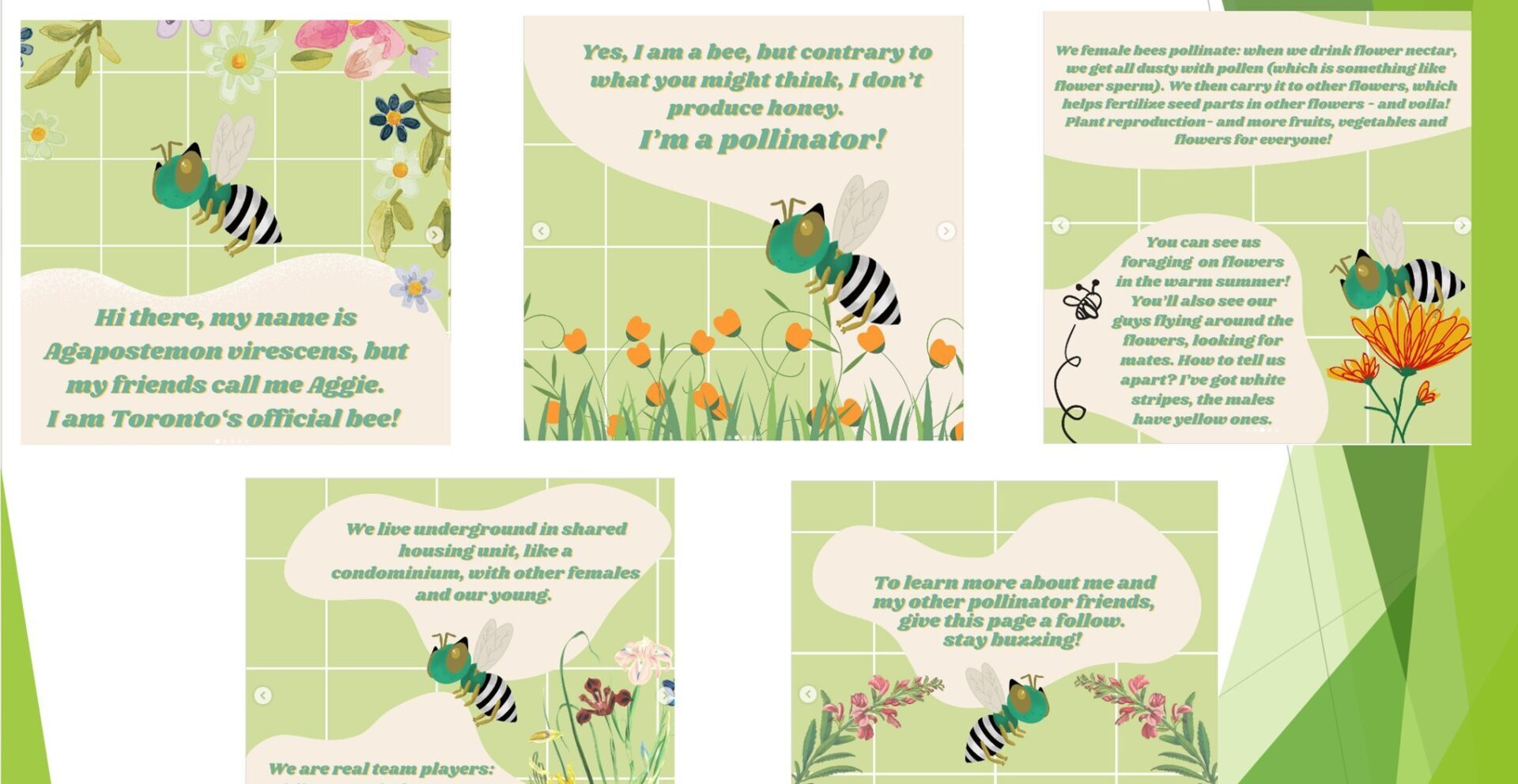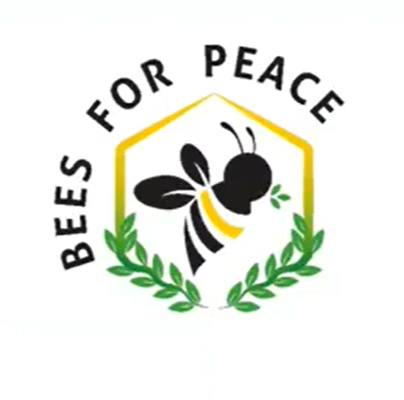Carrie B. Dohe

Letting Bees Tell their Stories

Bees for Peace is situated within the transdisciplinary field of Environmental Humanities, in the sub-fields of Religion and Ecology and Multispecies Studies. The project is also in conversation with Extinction studies, which considers not just the death of individual species, but entire ways and forms of life. As in this sub-field, the proposed project refuses to separate the cultural from the biological and the human from the natural – indeed, the project cannot, for it recognizes that the world in which humans have always lived is a world made possible by the plethora of pollinators and the pollinated. This project uses methods that help individuals recall their fundamental entanglement with other-than-human beings, such as bees and flowers. A gateway to that understanding is these beings’ co-createdness and co-becoming of the world humans have always inhabited. Recognition of these entanglements – from another perspective, this kinship – with other forms of life is the spur for participants to respond with attentiveness and act responsibly towards themselves and the web of relations in which they exist. For more information, see the project’s website:
Carrie B. Dohe is a Research Fellow and Affiliated Researcher at MESH with a Ph.D. in the History of Religions from the University of Chicago. She held postdoctoral research positions at the University of Marburg, Germany (2017-2021) and the University of Toronto School ofthe Environment (2021-2023). Her current research focuses on Bees for Peace, a project she initiated during an Interfaith Nature Conservation Week in Cologne, Germany. Recognized as an “Official Project of the United Nations Decade on Biodiversity” in Germany in 2020, Dr. Dohe transferred Bees for Peace to the University of Toronto in 2021. In 2023-2024, she collaborated with the United Church of Canada to run Buzzin’ Bees Summer Camps across Southern Ontario, where children were encouraged to empathize with bees through stories and other activities. The goal of these camps was to test strategies to encourage children to identify with bees so much that they are deeply moved to protect them. One of the strategies is a daily story that is read to camp participants. In this story, child characters encounter bees, who instruct the children about themselves, their lifestyles, and the challenges that they face. Through the bees talking about food insecurity, their different housing styles and family formations, and the multiple obstacles humans place in front of them, the stories help children to see the bees as agents, with their own subjectivities, and as friends and members of the children’s’ own community of life. Dr. Dohe plans to expand Bees for Peace back to Germany, adapting the program for the country’s wild bees and native flowers.